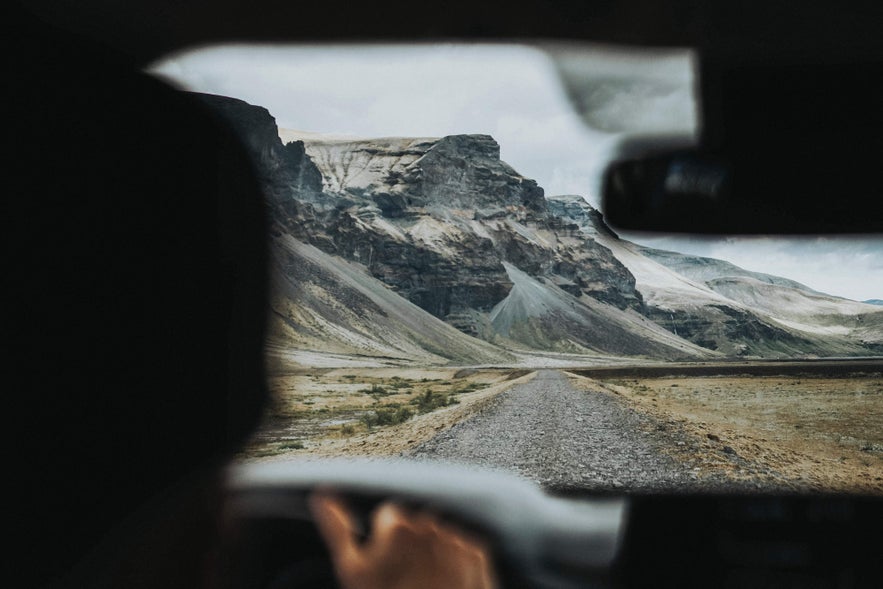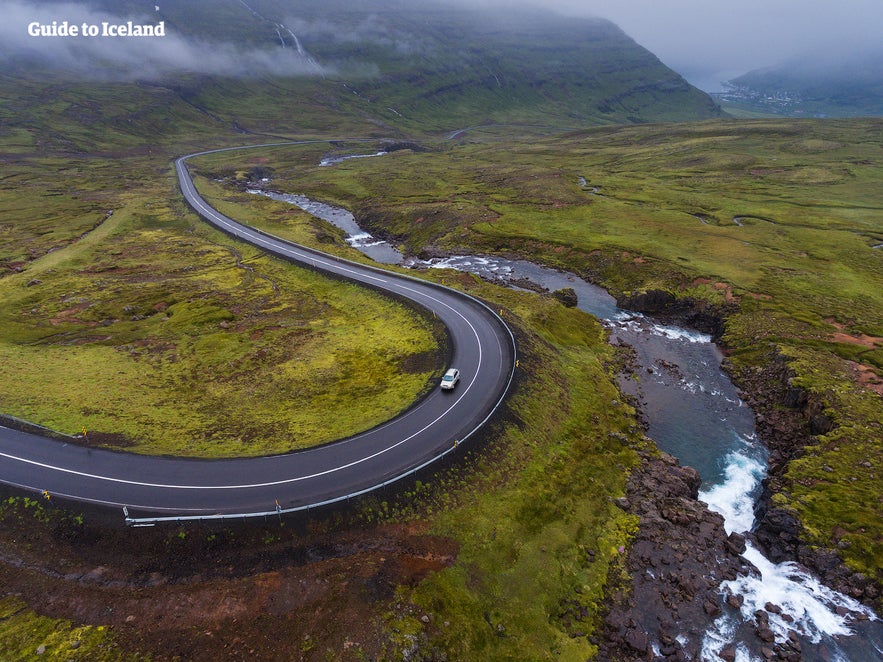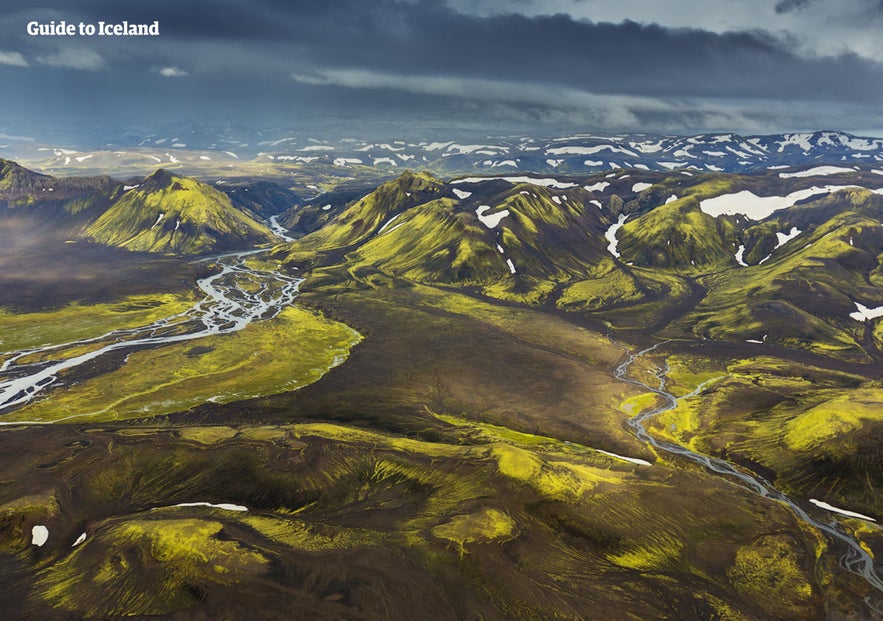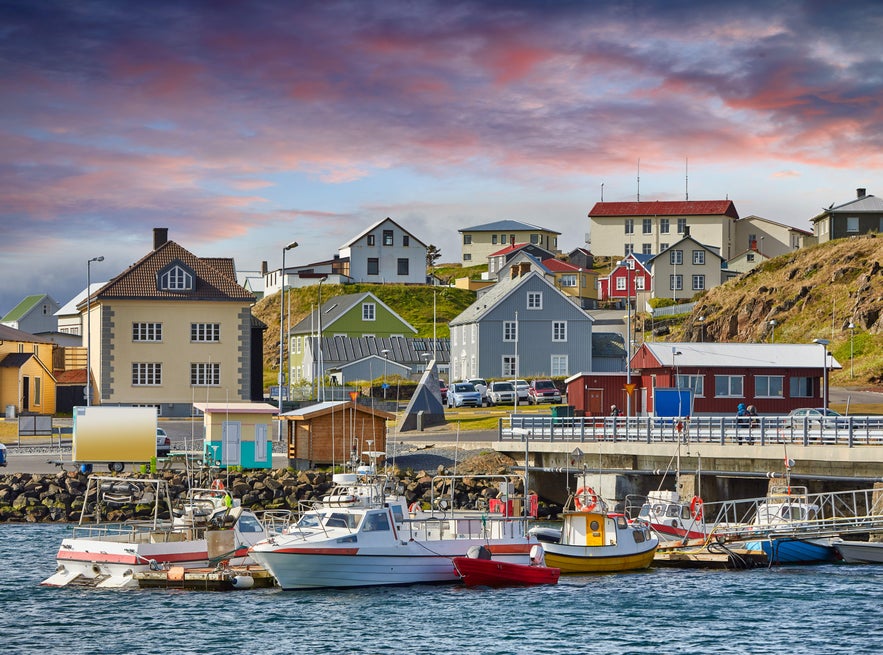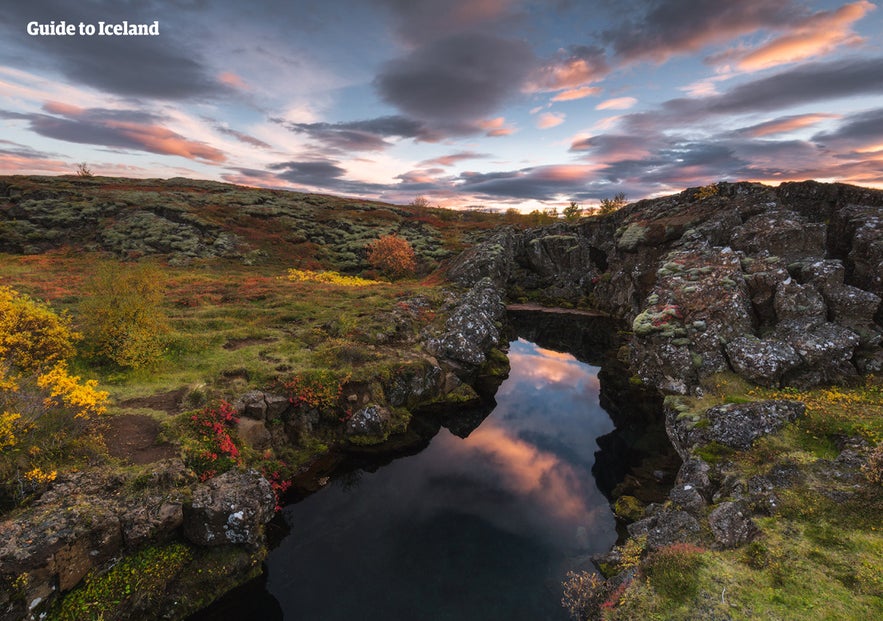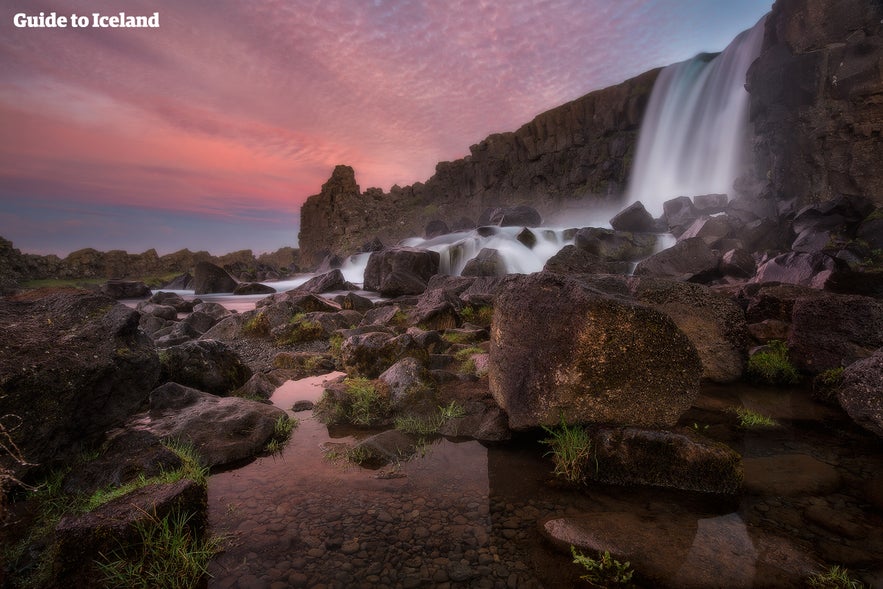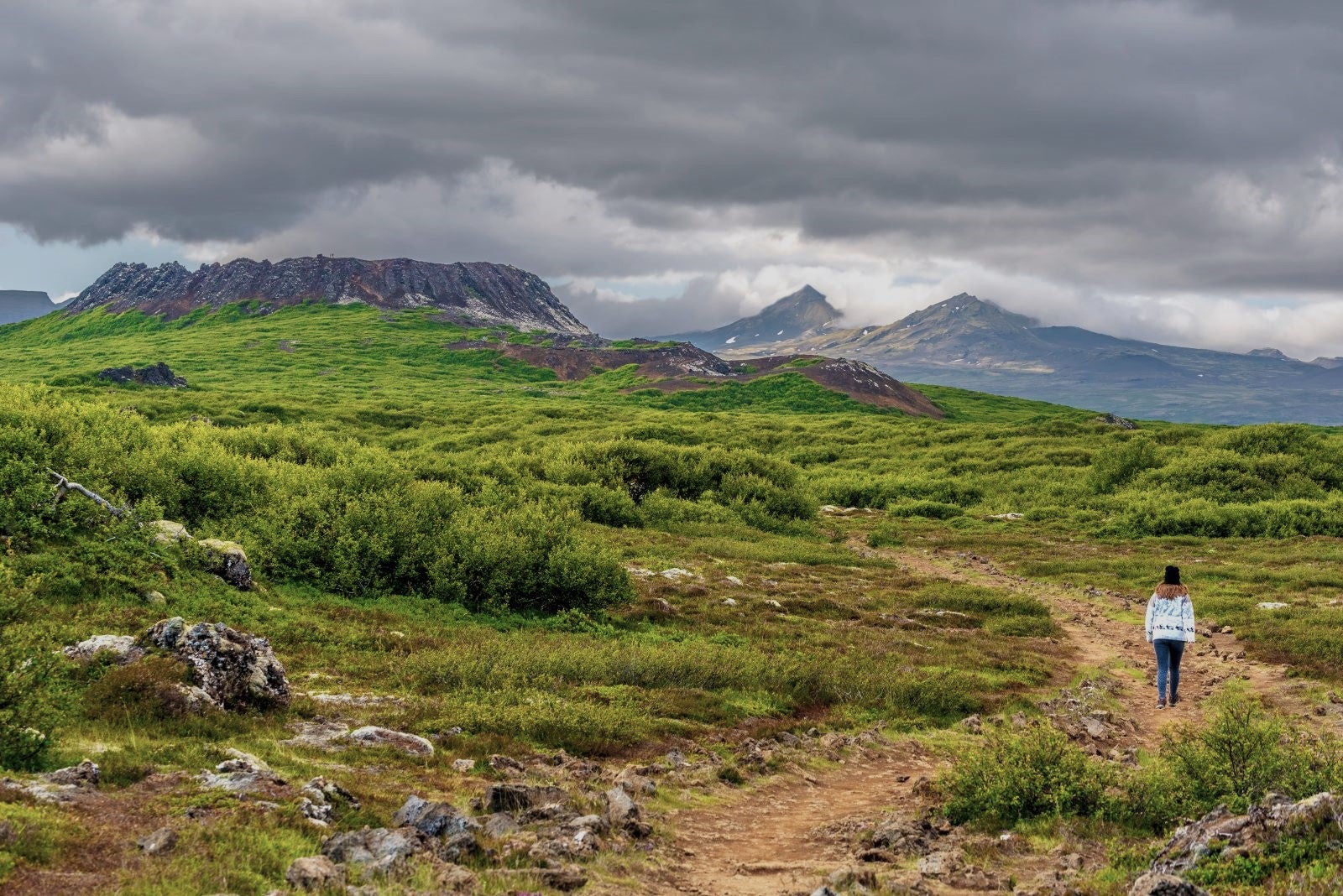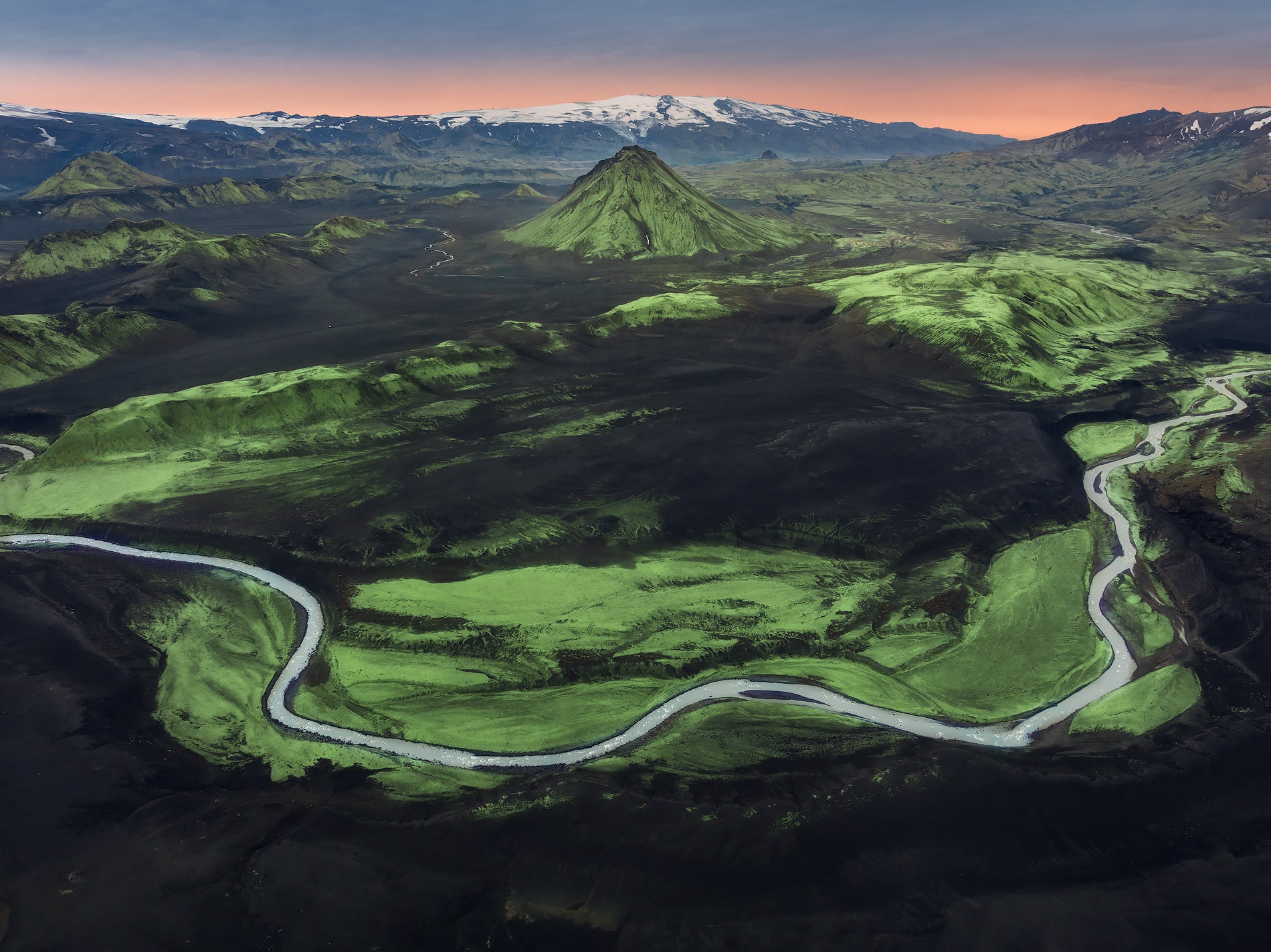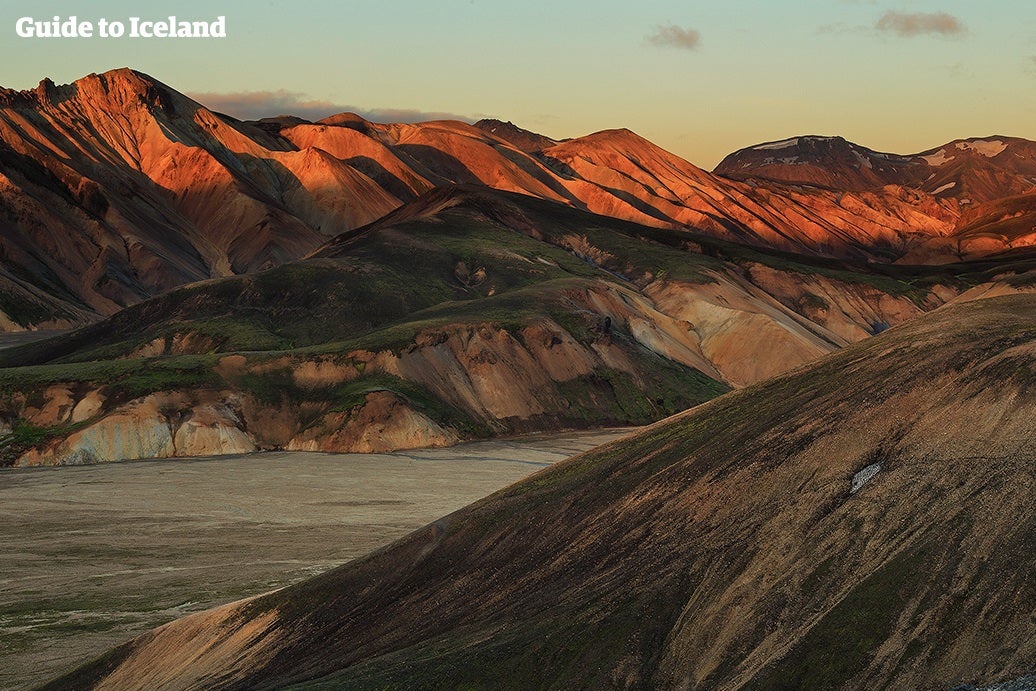Planning a trip to Iceland? With its wild nature, dramatic contrasts, and endless opportunities for adventure, Iceland is unlike anywhere else in the world. Continue reading to find out our top Iceland travel tips for getting the most out of your visit.
Regardless of your dream Icelandic vacation, a little preparation goes a long way. Iceland’s weather, terrain, and infrastructure can be surprising, especially for first-time visitors.
Why You Can Trust Our Content
Guide to Iceland is the most trusted travel platform in Iceland, helping millions of visitors each year. All our content is written and reviewed by local experts who are deeply familiar with Iceland. You can count on us for accurate, up-to-date, and trustworthy travel advice.
Exploring the top-rated tours and vacation packages in Iceland is a great way to start planning your itinerary.
These are our top travel tips for Iceland to help you stay safe, pack smart, and make the most of every moment. Choose from guided trips or explore at your own pace with self-drive tours in Iceland, depending on your travel style.
Key Takeaways for Your Trip to Iceland
-
Plan Smart, Pack Right — Iceland’s weather can change in an instant, so dress in layers and prepare for all seasons, even in summer.
-
Travel Off-Peak or at Night — Avoid crowds by visiting popular sites under the midnight sun or exploring lesser-known regions like the Eastfjords, Westfjords, and Highlands.
-
Budget Wisely — Food and alcohol are expensive. Shop at grocery stores, cook your own meals, and buy alcohol duty-free at the airport.
-
Respect Nature — Stick to trails, never drive off-road, and always leave no trace. Iceland’s environment is beautiful — and incredibly fragile.
-
Connect With Locals — Whether at a small-town festival, a community pool, or a rural farmhouse, the real Iceland comes to life when you engage with its people.
10. Get To Know the Locals
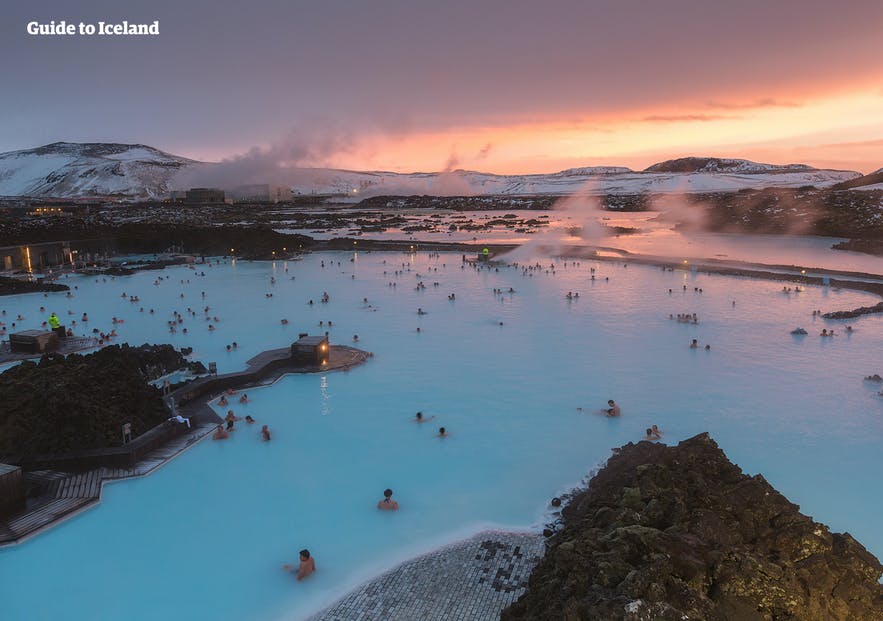
Icelanders may live in a cold climate, but they’re known for their warm, down-to-earth hospitality. Whether you’re lost, need directions, or are curious about daily life, locals are often happy to help — and eager to share a story or two.
Don’t be shy about starting a conversation. Most Icelanders speak fluent English, as it’s a required subject in schools from an early age. That makes spontaneous chats easy, whether in a small-town bakery or soaking in hot springs. In fact, the local swimming pool is one of the best places to strike up a conversation — it’s a beloved community hub.
A simple “hallo” (hello) or “takk” (thank you) goes a long way and is always appreciated. While people here value privacy and personal space, friendliness is the norm. Just don’t expect loud enthusiasm; a nod or smile is often the Icelandic way of saying hi.
For an authentic experience, consider staying in traditional Icelandic cabins or summer houses. Many locals use them as peaceful escapes from city life, and they offer a cozy glimpse into Iceland’s slower, quieter rhythms.
9. Don’t Expect To Buy Beer in the Supermarket
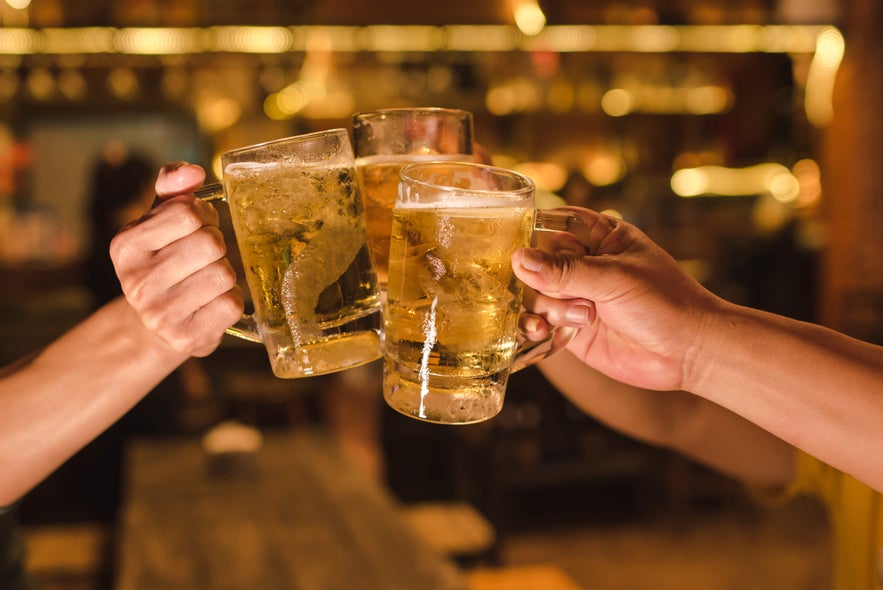 If you plan on having a drink or two during your visit, it’s worth knowing about Iceland’s unique alcohol laws. Due to a ban on beer that lasted until 1989, the country’s drinking culture is a little different from what many travelers are used to.
If you plan on having a drink or two during your visit, it’s worth knowing about Iceland’s unique alcohol laws. Due to a ban on beer that lasted until 1989, the country’s drinking culture is a little different from what many travelers are used to.
Alcohol is not sold in regular grocery stores. Instead, it’s available exclusively at state-run liquor stores called Vinbudin. These shops have limited hours, are closed on Sundays and holidays, and can be few and far between outside Reykjavik. Be sure to check opening times and plan ahead, especially if you're traveling in rural areas.
In contrast, supermarkets only sell low-alcohol “near-beer” drinks that look like regular beer but contain less than 2.25% alcohol. Many visitors don’t realize this and end up unknowingly loading their carts with near-beer, wondering later why the party felt unusually tame.
The upside? It won’t keep you from getting out of bed for your early-morning adventures.
Pro tip: The most affordable place to buy alcohol in Iceland is actually at the duty-free store at Keflavik Airport upon arrival. Prices are significantly lower than in town, and many locals stock up the same way. If you know you’ll want wine, spirits, or strong beer during your stay, it’s worth taking advantage of the duty-free allowance.
Bonus Tip: Don’t Let Thirst Tempt You Into Buying Bottled Water
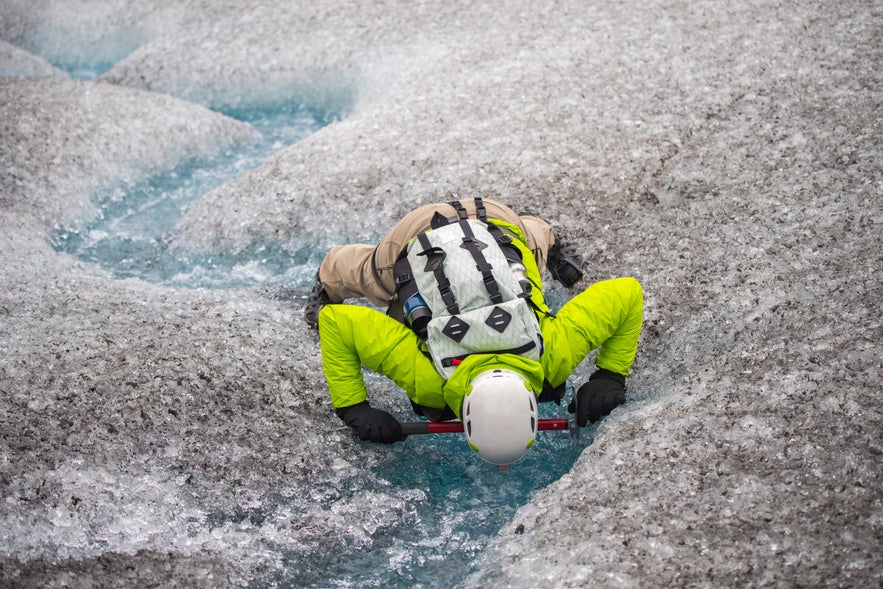 Skip the bottled water — Icelandic tap water is some of the cleanest and freshest in the world. It comes straight from natural springs and is completely safe to drink.
Skip the bottled water — Icelandic tap water is some of the cleanest and freshest in the world. It comes straight from natural springs and is completely safe to drink.
Bring a reusable bottle and fill it up from the tap, your guesthouse sink, or even streams while hiking. It’s a sustainable choice that won’t cost you a thing — and often tastes better than bottled water.
- Check Out: 9 Tourist Traps in Iceland To Steer Clear Of
8. Save Money by Cooking Your Own Meals
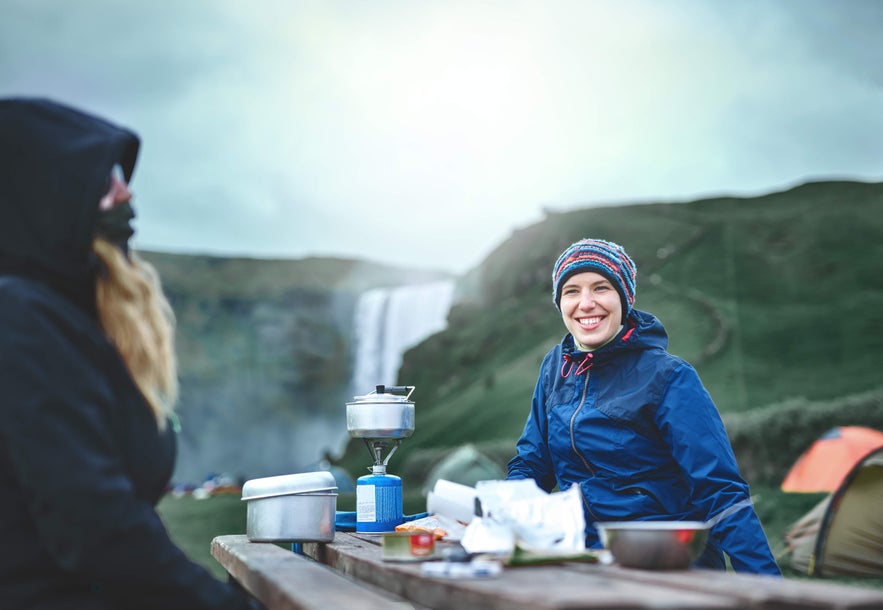 Eating out in Iceland can be a memorable experience — but it can also be one of the fastest ways to burn through your travel budget. Many of the best restaurants in Reykjavik and other tourist-heavy areas are expensive by most standards. Alcohol is often even pricier.
Eating out in Iceland can be a memorable experience — but it can also be one of the fastest ways to burn through your travel budget. Many of the best restaurants in Reykjavik and other tourist-heavy areas are expensive by most standards. Alcohol is often even pricier.
While it's worth treating yourself to at least one nice meal during your trip, travelers on a budget are better off preparing most meals themselves. Luckily, Iceland makes that easy. Most hostels, guesthouses, and campsites have shared kitchens where you can cook simple meals.
A few tips to make self-catering work for you:
-
Shop at affordable grocery chains like Bonus, Kronan, or Netto.
-
Take advantage of weekday lunch deals — many restaurants offer a more affordable midday menu.
-
Explore the local food culture: Icelandic lamb, fresh fish, and skyr (a high-protein yogurt-like dairy product) are all staples worth sampling.
Cooking for a few days will cost about the same as one mid-range restaurant meal. The extra savings can go toward something unforgettable, like a glacier hike or a whale-watching tour.
7. Rent a Car & Follow the Weather
There’s no better way to experience Iceland than by hitting the open road. Renting cars gives you the freedom to explore at your own pace — and even shift your plans based on the weather, just like the locals do. Before setting off, it’s a good idea to review a complete guide to driving in Iceland, which covers road rules, weather conditions, and safety tips.
In Iceland, it’s common to “follow the weather,” meaning you simply drive in the direction with the clearest skies. With constantly changing forecasts, especially outside of summer, this strategy gives you the best chance of avoiding rain, fog, or heavy wind.
For safety and travel information in Iceland, consult the Icelandic Met Office website for weather forecasts. Then, check the Icelandic Road Administration site for road conditions, and download the SafeTravel app for safety updates.
Self-drive tours allow you to:
-
spend more time in places you love
-
avoid crowds by arriving early or late
-
pivot quickly when road closures or weather warnings arise
If you're planning to drive the Ring Road — the main highway that circles the country — know that it's 828 miles (1,332 kilometers) long. Technically, you could drive the whole thing in a couple of days, but that wouldn’t leave much time to explore. For a full circuit, plan at least 10 days on the Ring Road to do it justice.
Only visiting for a week or less? Focus on one region instead. That way, you can take advantage of some great adventure experiences along the way.
For example, the Snaefellsnes Peninsula, often called “Iceland in miniature,” offers a little bit of everything:
-
Kirkjufell Mountain (as seen in “Game of Thrones”)
-
The cliffs and coastal charm of Arnarstapi
-
The iconic black church at Budir
Whether you're chasing the northern lights or just finding sunshine for a hike, renting a car puts you in charge of your adventure.
6. Venture Beyond the Usual Stops
Some of Iceland’s most unforgettable moments happen far from the crowds. The Golden Circle and South Coast are some of the best places to visit — and for good reason. But the true spirit of Iceland often reveals itself in the country’s quiet corners, where nature still feels raw, remote, and untouched.
Regions like the Eastfjords and Westfjords are perfect for travelers seeking solitude and authenticity. These areas, shaped by time and isolation, are filled with dramatic mountains, coastal fishing villages, and some of the best hikes and trails in Iceland. Even in summer, you’ll find areas with few tourists and wide-open spaces to explore at your own pace.
For something even more remote, consider venturing into the Icelandic Highlands — an uninhabited interior that covers over half the country. The Highlands are home to some of Iceland’s most breathtaking natural wonders, from lava fields and colorful rhyolite mountains to glacier-fed rivers and steaming geothermal valleys.
If you're not experienced in navigating Iceland’s rugged interior, it’s best to join Highland tours with a local guide, especially in summer when F-roads open for access. These expert-led trips allow you to explore safely while minimizing environmental impact.
And that impact matters. Iceland’s wilderness is incredibly fragile. Volcanic soil is vulnerable to erosion, and the plant life is slow-growing and delicate. Even one footprint off-trail can leave lasting damage. Please stay on marked paths and never drive off-road — it’s illegal and carries steep fines or even jail time.
Iceland’s wild spaces remain some of the most intact and undisturbed in the world. Respecting them ensures they stay that way for future travelers and for the land itself.
- See also: 20 Hidden Gems in Iceland
5. Join the Party at a Village Festival
Iceland’s small towns each have a unique identity, shaped by history, geography, and deep-rooted traditions. For much of the 20th century, isolated by rough terrain and limited infrastructure, many communities developed independently. As a result, local festivals became vibrant celebrations of place, culture, and connection.
Today, festivals are held year-round in towns and villages across the country. These events offer visitors an opportunity to experience authentic Icelandic hospitality, sample regional food, enjoy live music, and participate in local traditions.
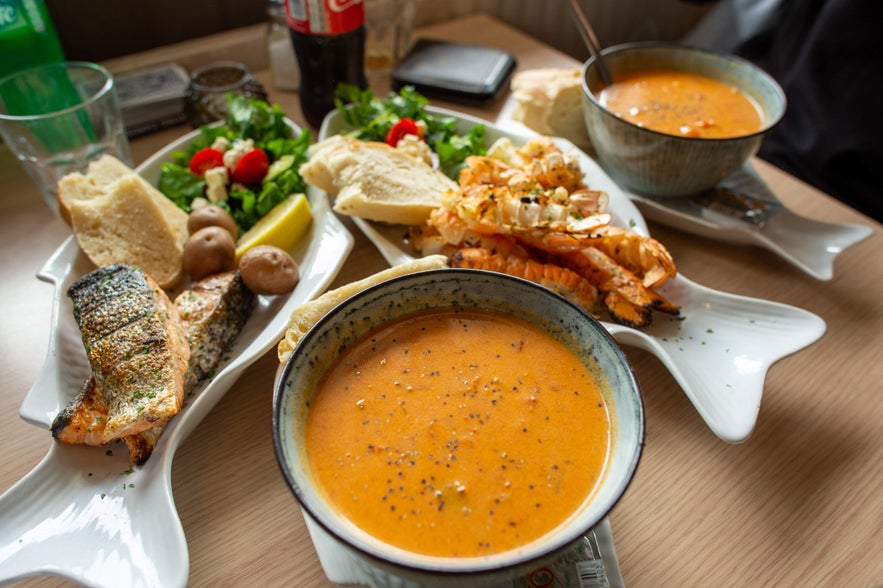 A few favorites include:
A few favorites include:
-
Danish Days in Stykkisholmur — A celebration of the town's historic ties to Denmark, held each August.
-
Lobster Festival in Hofn — A coastal celebration of Icelandic langoustine with food, music, and community events.
Every festival reflects something meaningful about the local community, whether it’s tied to heritage, environment, or simply the joy of gathering. Schedules are staggered throughout the year, so there’s almost always something happening somewhere.
If you're open to meeting locals, dancing in the street, or trying something you’ve never tasted before, pick a festival that fits your itinerary and join in the fun. It’s one of the most memorable ways to connect with Iceland beyond the typical tourist trail.
- Check Out: Top Festivals in Iceland
4. Trade Hotels for a Farm Stay
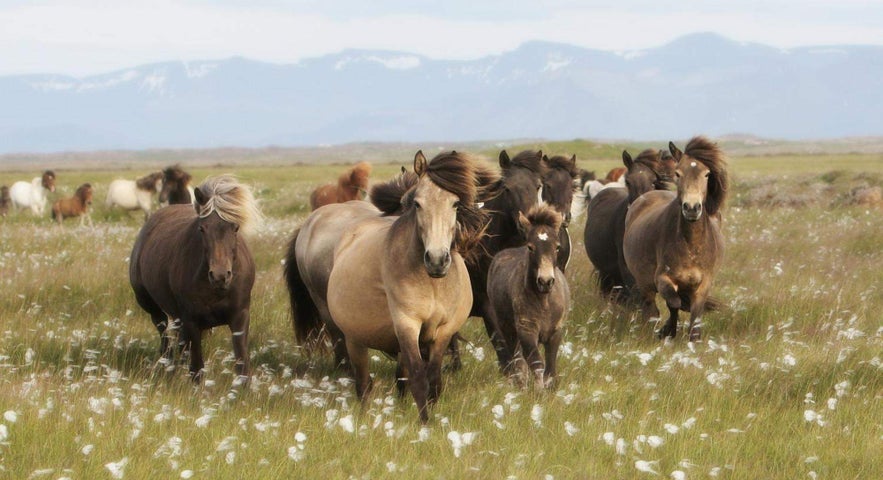 One of the most memorable ways to experience Iceland is by staying at a local farm. These countryside accommodations offer a cozy, close-up look at rural life and a warm welcome from Icelanders who know the land better than anyone.
One of the most memorable ways to experience Iceland is by staying at a local farm. These countryside accommodations offer a cozy, close-up look at rural life and a warm welcome from Icelanders who know the land better than anyone.
There are a variety of amazing farms to visit in Iceland. Farm stays range from simple shared rooms to private cottages or guesthouses, often with freshly prepared meals made from locally sourced ingredients.
Many farmers offer optional activities like horseback riding, guided walks, or even a chance to participate in seasonal chores, giving you a deeper connection to the people and the land.
Farm stays are a meaningful way to slow down, meet locals, and enjoy Iceland’s natural beauty from a more personal perspective. These are in high demand, so it’s a good idea to book your farmhouse accommodations early, especially if you’re hoping for the most affordable or scenic options.
Check out these great options:
-
Stora-Asgeirsa Guesthouse — This tranquil farm stay in northwest Iceland accommodates up to seven guests, featuring a hot tub and scenic views of nearby waterfalls and countryside.
-
DalsSel Farm Guesthouse — This cozy guesthouse on a working farm in South Iceland offers en-suite rooms and close proximity to natural attractions like the waterfalls Seljalandsfoss and Skogafoss.
-
Hestaland Guesthouse — This authentic horse farm guesthouse in West Iceland near Borgarnes provides comfortable rooms, an outdoor hot tub, and access to horse riding experiences.
3. Camp Smart & Stay Close to Nature
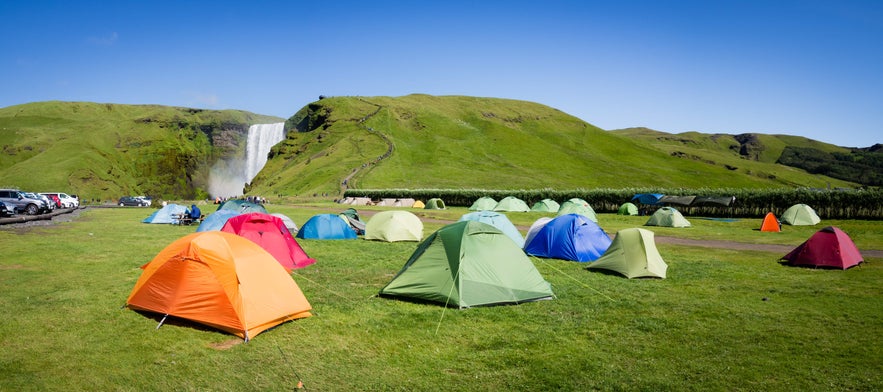 There’s nothing quite like waking up in Iceland’s great outdoors — especially during the long, golden hours of summer. Camping gives you a front-row seat to nature, offering peace, flexibility, and an unbeatable sense of connection to the land.
There’s nothing quite like waking up in Iceland’s great outdoors — especially during the long, golden hours of summer. Camping gives you a front-row seat to nature, offering peace, flexibility, and an unbeatable sense of connection to the land.
Campsites are widely available and affordable, with most towns and villages offering designated camping areas. From coastal cliffs to quiet valleys, you’ll find plenty of scenic spots to pitch a tent, as long as you follow the rules.
What To Know Before You Camp
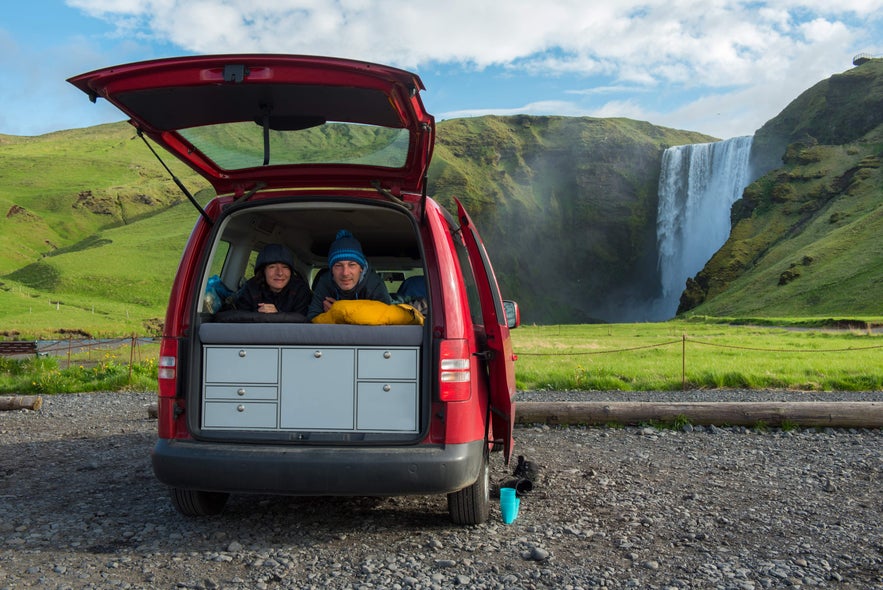
-
Wild camping in tents is allowed for one night on uncultivated public land unless signs state otherwise. It is not permitted in Iceland’s three national parks, and is never permitted near private farms without permission.
-
If renting campervans, trailers, or collapsible campers, you are not allowed to wild camp anywhere. You must use official campsites every night.
-
Campsites are generally open only in the summer months (May to September), so plan accordingly.
-
If you venture into remote areas, always let someone know your travel plans and check the weather forecast. Conditions can change quickly — even in summer. For real-time updates, alerts, and travel itinerary submissions, check out SafeTravel.is, Iceland’s official travel safety site.
It’s essential to respect Iceland’s delicate ecosystems. Stick to marked areas, never drive off-road, and pack out all waste. Icelandic vegetation is fragile and takes years to recover from damage.
Camping in Iceland is a rewarding way to explore the terrain, just be sure to dress for the elements, camp responsibly, and stay informed. As the locals say, “There’s no bad weather, only bad clothing.”
- Check Out: Things That Can Kill You in Iceland
2. Soak in a Natural Hot Spring
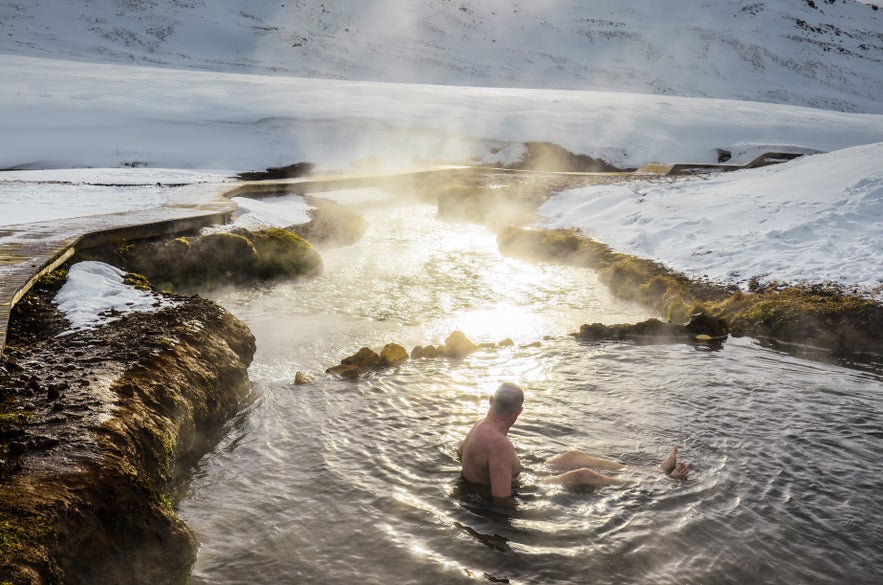 In Iceland, soaking in warm water under the open sky isn’t just a way to relax — it’s a tradition that stretches back to Viking times. Public swimming pools are woven into daily life, serving as gathering places where locals of all ages connect, unwind, and warm up from the inside out.
In Iceland, soaking in warm water under the open sky isn’t just a way to relax — it’s a tradition that stretches back to Viking times. Public swimming pools are woven into daily life, serving as gathering places where locals of all ages connect, unwind, and warm up from the inside out.
Iceland has world-famous spas like the Blue Lagoon and Sky Lagoon. But the real magic lies in soaking in natural hot springs in the wilderness, where steam rises from the earth and the only sound is the wind or a distant waterfall.
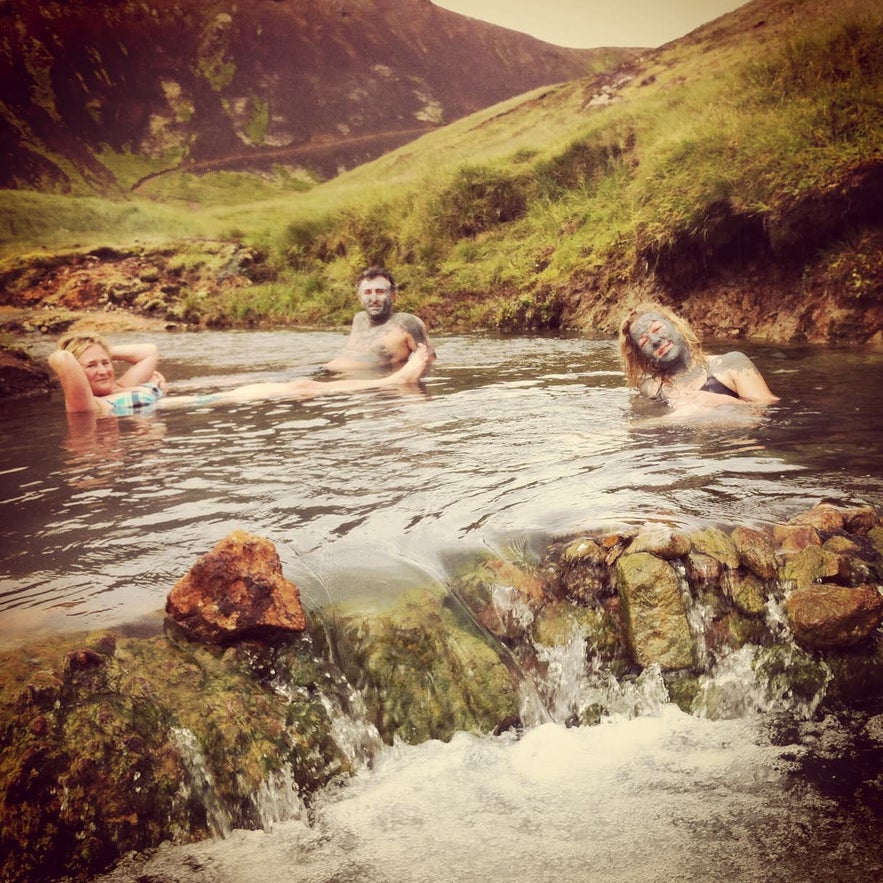
One of the most accessible spots is the Reykjadalur Valley (“Steam Valley”) near the town of Hveragerdi, where a warm river winds through a geothermally active valley.
The hike to the bathing area is about 2 miles (3.2 kilometers) each way with a gradual incline and incredible views along the trail. About 45 minutes each way, it’s a scenic workout with a soak at the finish line.
Check out some of our favorite tours that include taking a dip in a hot spring or geothermal pool:
-
Landmannalaugar Super Jeep Tour — Discover one of Iceland's natural gems, the Landmannalaugar Geothermal Area, on this Super Jeep tour. See stunning waterfalls and otherworldly crater lakes before taking a dip in a naturally heated pool.
-
The Golden Circle & Blue Lagoon Tour — This full-day small-group tour from Reykjavik combines Iceland’s iconic Golden Circle Route with a relaxing visit to the Blue Lagoon.
-
2-Hour Husafell Canyon Baths Tour — Experience the wonders of a geothermal bath while surrounded by the hidden beauty of the Highlands of Iceland on this small group tour of Husafell Canyon Baths.
Whether you stop by a public pool in a small town or hike to a hidden spring, taking a soak is a must-do Icelandic experience. It's one of the best ways to feel connected to the culture and the land.
Important Etiquette
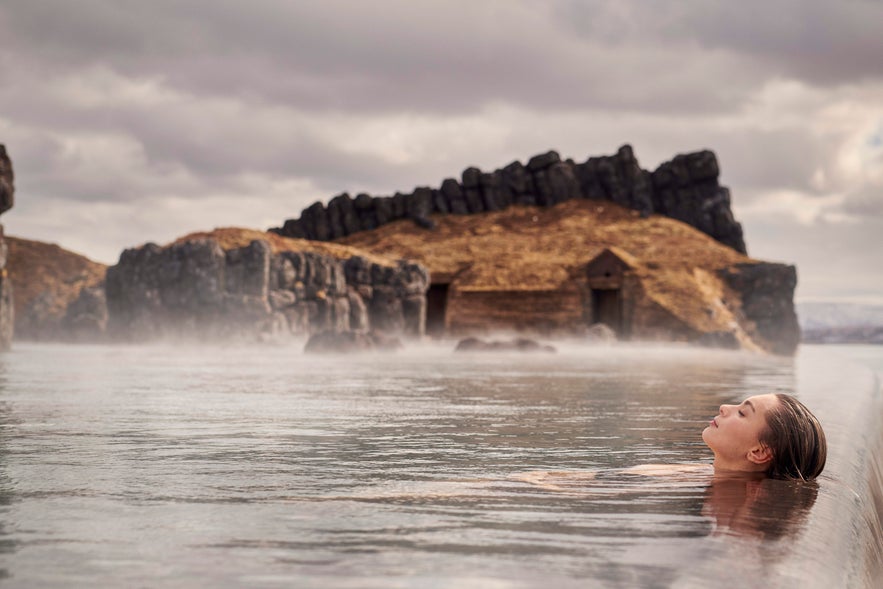 Before entering any hot spring or public pool in Iceland, it’s customary — and expected — to shower thoroughly without a swimsuit. This is both a hygiene practice and a cultural norm, and it’s taken seriously by locals.
Before entering any hot spring or public pool in Iceland, it’s customary — and expected — to shower thoroughly without a swimsuit. This is both a hygiene practice and a cultural norm, and it’s taken seriously by locals.
Generally, there are just gendered changing rooms that are open with lockers. Showers are also gendered but communal. Popular tourist spots like the Blue Lagoon and Sky Lagoon often have private shower stalls.
1. Embrace the Magic of the Midnight Sun
During Iceland’s summer months — especially late May through July — the sun barely sets because of the midnight sun. Instead, golden light lingers through the night, casting a soft, surreal glow across the landscape.
It’s one of the country’s most awe-inspiring natural phenomena and one of the best ways to make the most of your time here. Popular attractions like waterfalls, canyons, and national parks are often crowded during the day, but sightseeing under the midnight sun offers a completely different experience.
The roads grow quiet, the villages fall still, and nature takes center stage in all its quiet brilliance. You might find yourself standing alone at Thingvellir National Park or gazing at Oxararfoss Waterfall, wrapped in light and silence.
If you’re uncomfortable driving or hiking alone at night, consider joining midnight sun tours with a local guide. These small-group experiences often combine the golden-hour glow with memorable activities like horseback riding or hiking.
For all its beauty, endless daylight can disrupt sleep. If you’re staying overnight during midsummer, be sure to pack a sleep mask — it’s a simple way to help your body adjust and rest when the sun refuses to set.
Frequently Asked Questions About Traveling in Iceland
To help you prepare even further for your Icelandic adventure, here are answers to some common questions travelers often have.
Do I need to tip in Iceland?
No, tipping is not customary. Service charges are typically included in your bill at restaurants, cafes, and for tours or taxis. If you receive exceptional service, rounding up or leaving a small tip is appreciated but not expected.
What should I know about Icelandic etiquette?
Icelanders value personal space, directness, and mutual respect. One small but important custom is to remove your shoes when entering someone’s home (and sometimes even in guesthouses). It’s a common courtesy.
Should I carry cash in Iceland?
Cash is not necessary. Iceland is a cashless society, and credit or debit cards are accepted virtually everywhere, including gas stations, food trucks, and remote campsites. Just be sure your card has a chip and PIN.
How big is Iceland? And how long does it take to get around?
Iceland looks compact on the map, but distances can be deceptive. The Ring Road is over 800 miles (1,332 kilometers) long, and weather or road conditions can slow travel. Plan your route with realistic drive times, especially in winter or when exploring rural areas.
Can I use my phone in Iceland?
Yes. Most foreign carriers offer international plans, but buying a local SIM or eSIM can be cheaper and give you better coverage. Iceland has excellent cell service in most areas, though some remote regions may have limited signal.
Can I speak English in Iceland?
Yes. English is taught in schools from an early age, and most Icelanders speak it fluently. You’ll have no trouble communicating, but learning a few basic words in Icelandic is always appreciated.
When is the best time to visit Iceland?
It depends on your priorities:
-
Summer (June to August): mild weather, midnight sun, road trips, and festivals
-
Winter (November to March): northern lights, snow-covered landscapes, and winter tours
-
Shoulder Seasons (Spring/Fall): fewer crowds, lower prices, and unpredictable weather
Ready for Iceland? Here’s to the Journey
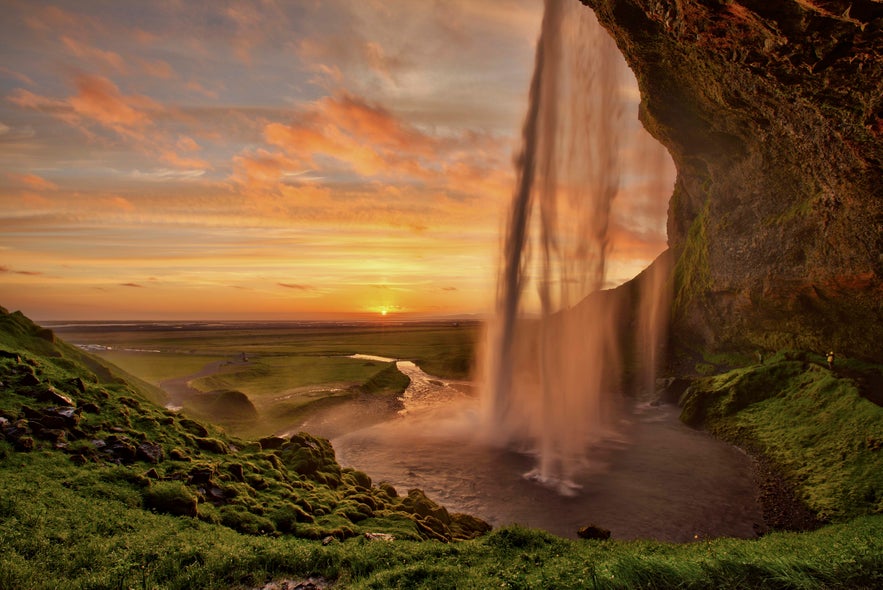 Iceland is a land of contrasts — fire and ice, solitude and community, historic traditions and modern comforts. With the proper preparation and a spirit of curiosity, your trip can be as enriching as it is unforgettable.
Iceland is a land of contrasts — fire and ice, solitude and community, historic traditions and modern comforts. With the proper preparation and a spirit of curiosity, your trip can be as enriching as it is unforgettable.
Whether chasing waterfalls at midnight, soaking in a wild hot spring, or chatting with a local in a village cafe, these Iceland tips will help you travel smarter. You'll tread lighter and connect more deeply with the world around you. Have an incredible journey — and remember, in Iceland, even the unexpected moments can become the most memorable.
What are you most excited to see or do in Iceland? Drop a comment below, we’d love to hear what’s on your itinerary!


